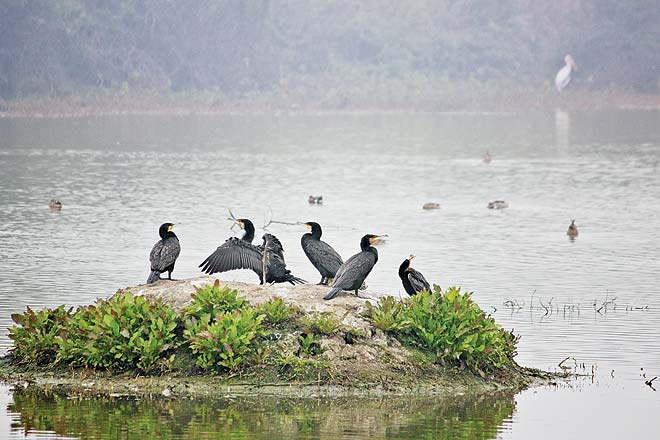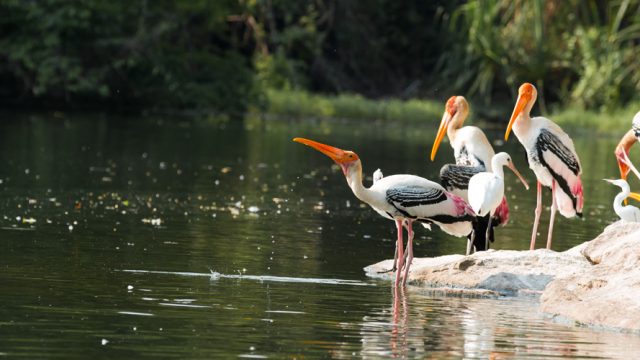THE WILDLIFE
It was a dedicated band of government servants and bureaucrats in Uttar Pradesh who

LOCATION AND HOW TO MAKE THE BEST OF IT
Visitors to Lakh Bahosi Wildlife Sanctuary will have to take a cab from Lucknow (which is 165km away), the nearest airport, or Kanpur (112km/2.5 hrs via SH68) or Kannauj (38km/1hr via NH91A), the railway stations that are the closest to Lakh Bahosi on the main line. The most convenient place to stay is the UP Tourist Rest House at Kannauj, which has AC double rooms and a restaurant. The forest rest house within the sanctuary doesn’t have electricity, and is almost always closed, and there’s no food available in the vicinity, not even at small dhabas. So it makes eminent sense to carry some basic supplies. Do ask if Karan Singh is around—his knowledge of the sanctuary is legendary, and he has to count among the most dedicated and well-informed forest department employees in India.

SPECIAL HIGHLIGHTS
One of India’s larger bird sanctuaries (it’s on the government’s National Wetland Conservation Programme and the BNHS list of Important Bird Areas), the Lakh Bahosi sprawls over 80 sq km and includes a portion of the Upper Ganges Canal. The twin jheels, which are surrounded by emerald green agricultural fields, attract over 60,000 birds in 150 local and migrant species on any given day during the winter: migratory birds begin arriving from afar by November and leave around March. Lakh Bahosi has an interpretation centre, observation gazebos, a watch tower, and a 10km walkway around the Bahosi lake, which offers a fine vantage for birdwatching. Don’t miss the heronries on the babul trees.
Lakh Bahosi Wildlife Sanctuary
wildlife in Uttar Pradesh
Leave a Reply
You must be logged in to post a comment.



